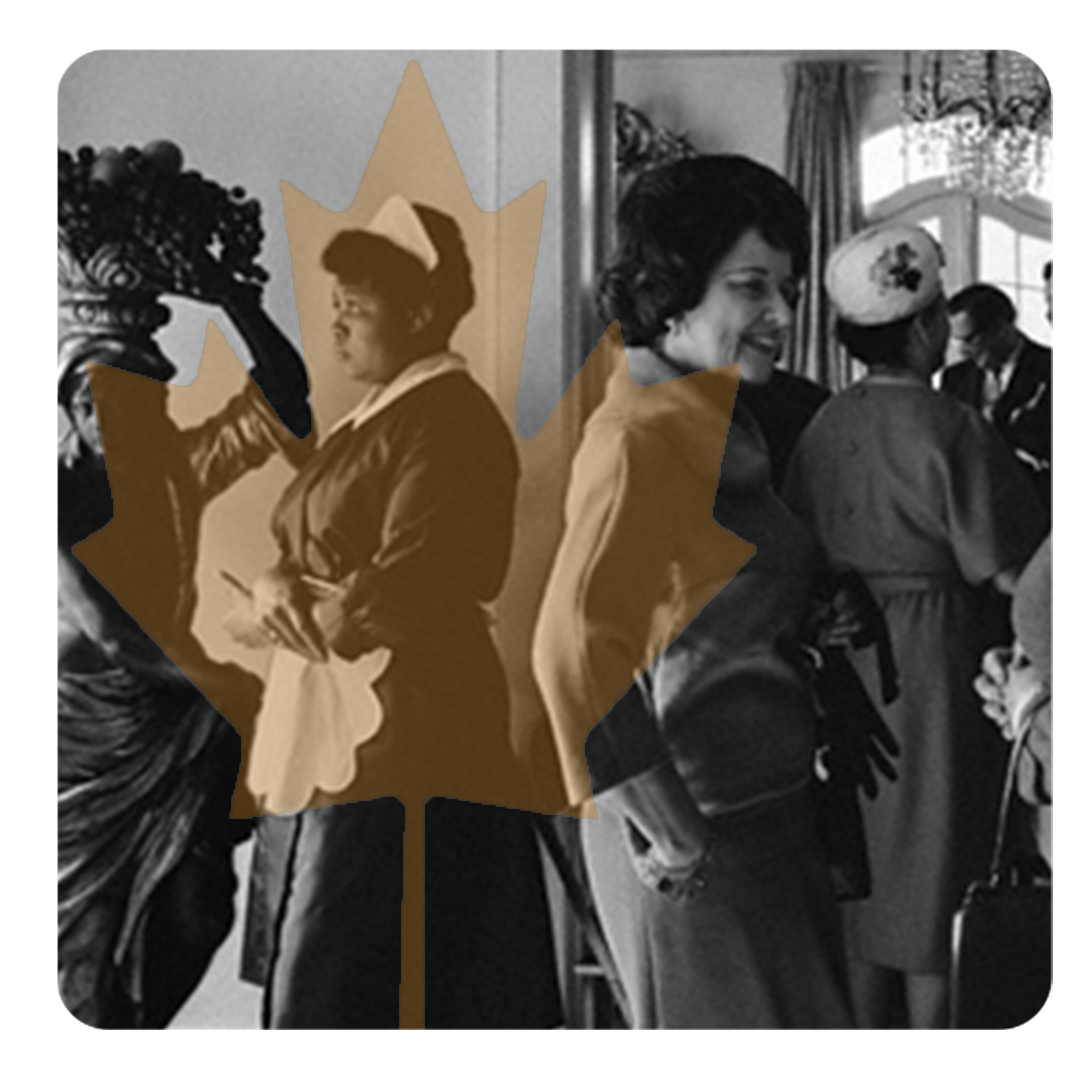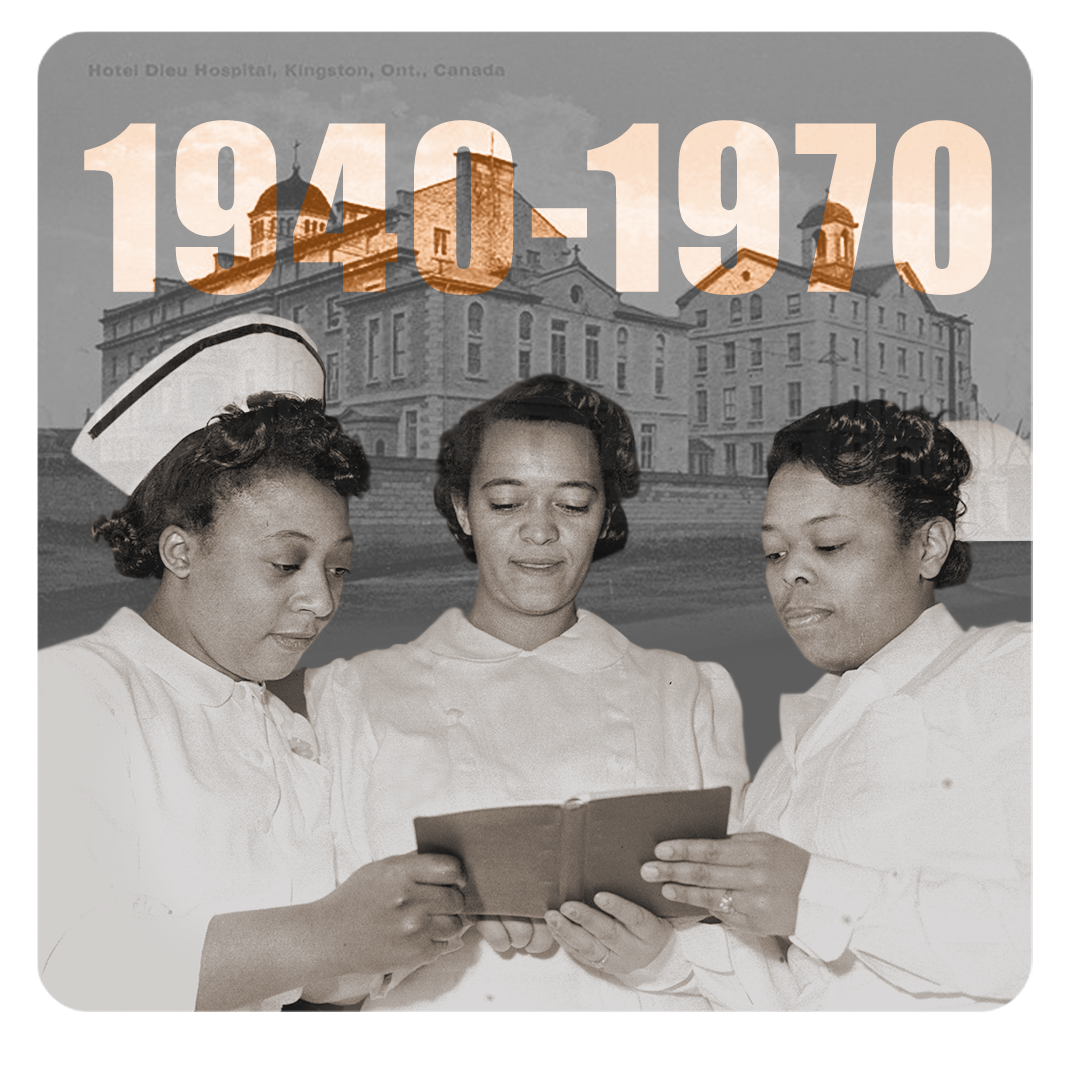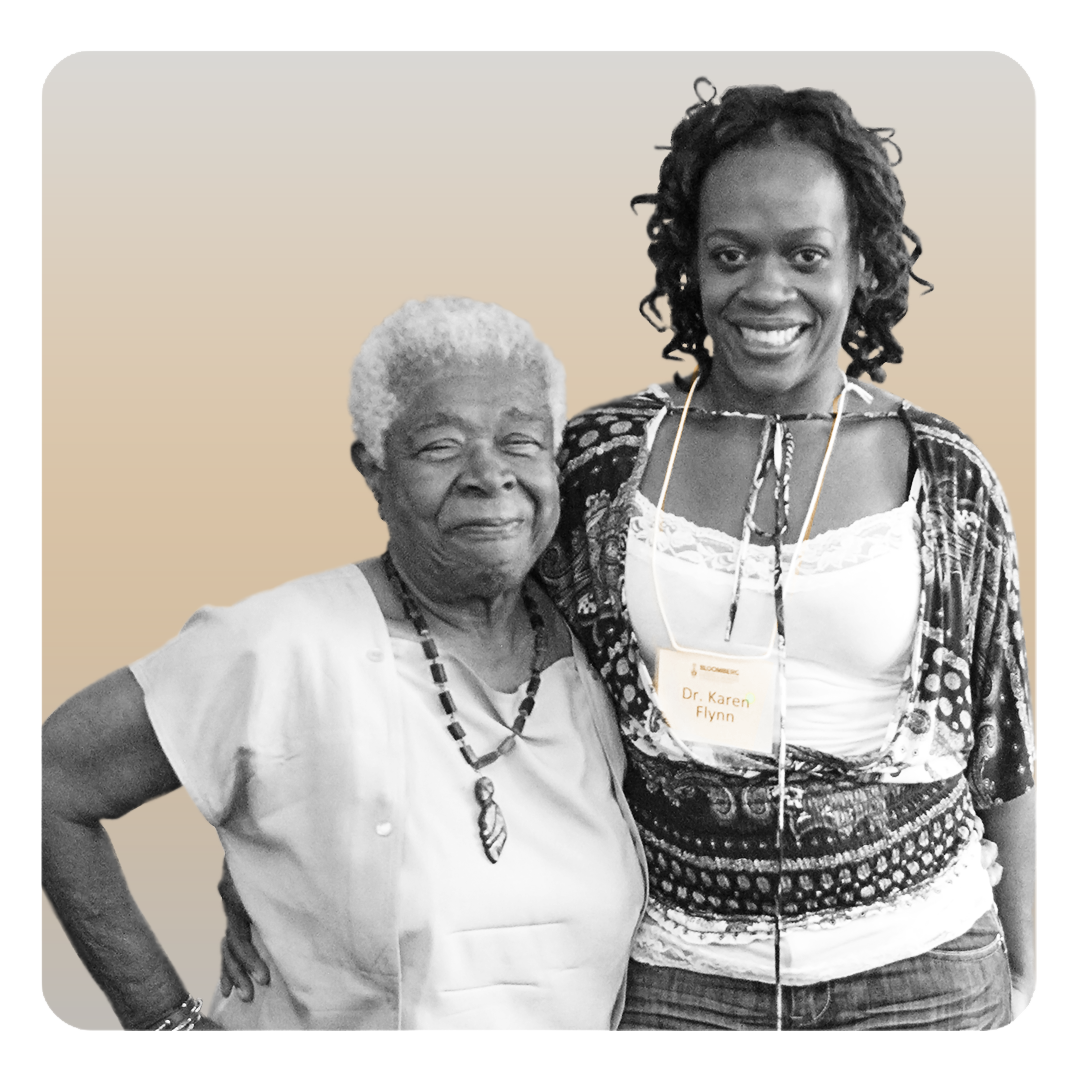Academic Articles
students’ research and Development

Caribbean migration to Canada

Black Canadian Nurses and Technology
Generally speaking, when feminist scholars conceptualize the meaning of technology for women in relation to paid work in North America, they either view technology as reinforcing social inequality—that is, women are viewed as victims of technology—or they see technology as a mixed blessing.
For the first group, a major concern is how technology reinforces and maintains social inequality, based on race, class, gender, age or other markers of difference. Eileen B. Leonard, for example, points out that “for many women workers developing technologies have yet to deliver as promised . . . it has done little to improve the status of women in the workplace.”

Beyond the Glass Wall: Black Canadian Nurses, 1940-1970

“I’m glad that someone is telling the nursing story’: Writing Black Women’s History
In 1947,Frieda Parker Steele and Cecile Wright Lemon began nursingtraining at the Hôtel Dieu of the St. Joseph School of Nursing in Windsor,Ontario. That these two young women shared the distinction of being thethird and fourth Black students,respectively,to train at Hôtel Dieu is cer-tainly noteworthy—they were trailblazers. Until the mid-1940s,due to the exclusionary policy of Canadian nursing schools,any young Black womanwho dreamed of becoming a nurse was denied the opportunity.

Lillie Johnson as a Pragmatic Public Intellectual
Upon their arrival in Canada, British-trained Caribbean migrant nurses (including midwives) were shocked to learn that the bodies responsible for nursing in Canada had difficulties adjudicating their foreign credentials. In order to obtain Registered Nurse status in Canada, the nurses had to upgrade
because the “British system” (on which Caribbean nursing education and licensing was based) defined obstetrical and pediatric training as separate qualifications not included in the regular RN stream. Thus, they lacked the crucial component necessary for Canadian licensure. Equally significant, in Johnson’s case in particular, was the prohibition against midwifery practice.
